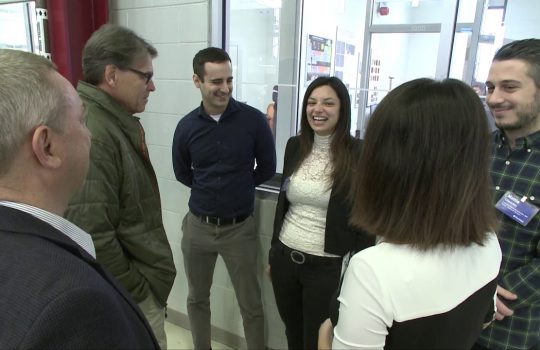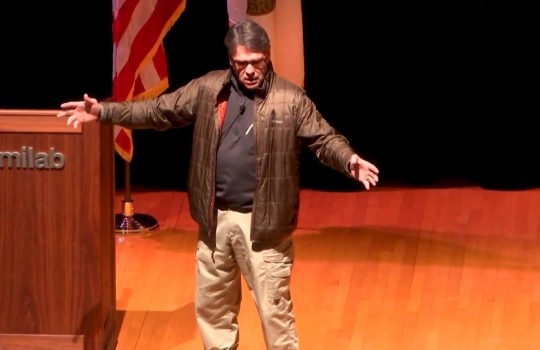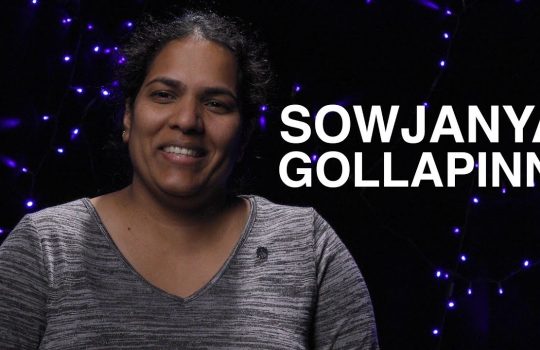Secretary of Energy Rick Perry visits Fermilab
The U.S. Department of Energy’s Secretary Rick Perry visited the Fermilab site on Jan. 9, 2018. During his visit, he met with scientists and saw much that the lab has to offer: neutrino experiments going on underground, accelerator technology, quantum computing technology, the 50-foot Muon g-2 magnet, the herd of bison and much more.



